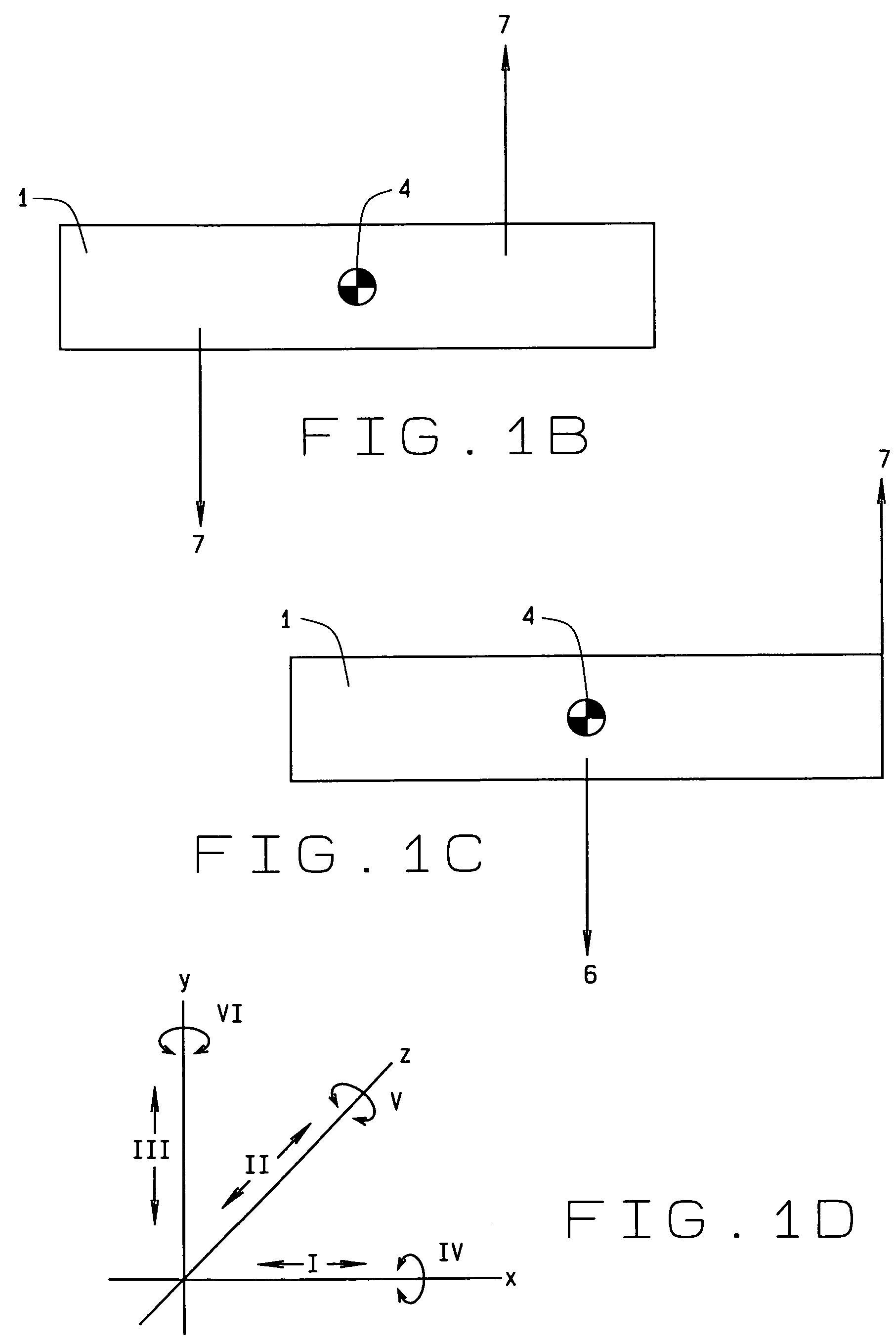System and method for improved control of tooth movement with elastic repositioning appliances
a technology of elastic repositioning and control device, applied in the field of realignment of teeth, can solve the problems of less control of force generated by prior art elastic repositioning device, less control of polymeric shell or tooth positioner, and less importance of rotation error to achieve desired effect, etc., to achieve better tooth alignment and straightening, improve control of tooth movement, and enhance the quality of treatment outcome
- Summary
- Abstract
- Description
- Claims
- Application Information
AI Technical Summary
Benefits of technology
Problems solved by technology
Method used
Image
Examples
Embodiment Construction
[0052]This invention improves the control of the orthodontic movement of teeth in all six degrees of freedom of movement. FIG. 1D shows the six degrees of freedom for movement of a treated tooth by utilizing the plastic repositioning appliance or the tooth positioner. Translation is shown by the x, y, z axes enumerated at i, ii, iii respectively and moment is shown by rotation about the x, y, z axes enumerated as iv, v, vi respectively. The tooth positioner of the present invention is a polymeric shell, individually, or in series.
[0053]The prior art devices provide for shifting and movement of teeth, but with limited control and unintended movement. For example in FIG. 1, the forces applied to a tooth 1 are evaluated around a point called the “center of resistance” CRes 4 which is the orthodontic equivalent of the center of mass. A single force applied at any location other than the CRes creates a rotational effect measured as a moment 5. All forces and moments applied to a tooth ar...
PUM
 Login to View More
Login to View More Abstract
Description
Claims
Application Information
 Login to View More
Login to View More - R&D
- Intellectual Property
- Life Sciences
- Materials
- Tech Scout
- Unparalleled Data Quality
- Higher Quality Content
- 60% Fewer Hallucinations
Browse by: Latest US Patents, China's latest patents, Technical Efficacy Thesaurus, Application Domain, Technology Topic, Popular Technical Reports.
© 2025 PatSnap. All rights reserved.Legal|Privacy policy|Modern Slavery Act Transparency Statement|Sitemap|About US| Contact US: help@patsnap.com



